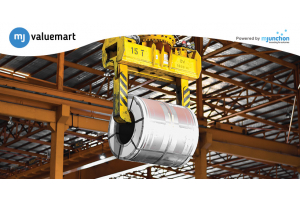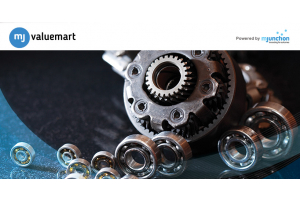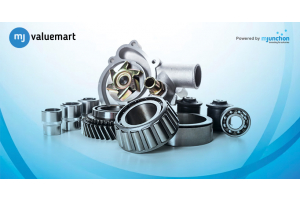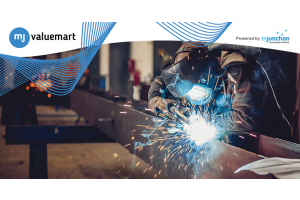5 things to know about material handling equipment

Material handling equipment plays an important role in companies that deal with the handling and storage of bulk materials. In general, material handling equipment refers to machinery and tools specifically designed to facilitate the movement, control, protection, or storage of materials during various processes within warehouses and facilities. By gaining a deeper understanding of material handling equipment, you can effectively equip your facility with the most suitable machinery and systems tailored to meet your company's specific needs. If you are looking for more information on material handling equipment, here is a useful read:
1. Material handling equipment can be classified into four primary categories based on their functions. The first category is bulk material handling equipment, specifically designed to efficiently handle large volumes of materials such as grains, minerals, liquids, or powders. The second category comprises engineered systems, which are tailored for specific material handling processes such as conveyor systems and automated sorting systems. Industrial trucks, such as forklifts and pallet jacks, belong to the third category, offering versatile and mobile solutions for transporting materials within a facility. Storage and handling equipment come under the fourth category. It includes shelving, racks, bins, and containers that enable effective organisation and storage of materials in a facility.
2. Never overlook the importance of regular maintenance for your material handling equipment. Even if the equipment seems flawless, it still needs proper upkeep. Taking proactive maintenance measures is much more cost-effective in the long term compared to dealing with major repairs that can be both expensive and cause significant downtime. When a piece of equipment is not in optimal working condition, it becomes a waste of time and can even pose safety risks.
3. Properly training all employees to effectively use the equipment is important. It ensures smooth operations and enables others to take over when someone is absent due to vacation or sickness. You must ensure that employees have easy access to the necessary information. Keep reference sheets readily available to provide quick reminders of important details. Display helpful posters with tips and hints to offer ongoing guidance. By prioritising comprehensive training and making these resources accessible, you can enhance the efficiency and productivity of your material handling processes.
4. Implementing a well-designed material handling system improves the efficient movement of goods and materials in manufacturing and storage facilities. A well-designed system boosts customer service, lowers costs, and reduces the chances of accidents and damage. It makes it easier to find products, increases order accuracy, and decreases the likelihood of worker accidents and injuries.
5. To keep the equipment in good working order and extend its lifespan, it's essential to follow proper and regular maintenance practices. Neglecting maintenance can lead to safety risks, accidents, and equipment malfunctions. Each type of material handling equipment has its own specific maintenance instructions, so it's important to adhere to them accordingly. Some of the common maintenance practices include:
a. Performing regular equipment inspections.
b. Scheduling maintenance checks for the equipment.
c. Providing adequate training to all operators.
d. Upgrading the equipment when needed.
Are you looking for material handling equipment in India?
You can explore mjvaluemart - India’s most trusted e-marketplace for non-moving MRO spares. Register your buyer account today to grab the best offers.





